DeepSeek shakes up the world technology industry
The shift to open source was led by AI startup DeepSeek, whose R1 model launched earlier this year challenged the dominance of US technology and raised questions about the massive spending by big tech corporations on large language models (LLMs) and data centers.
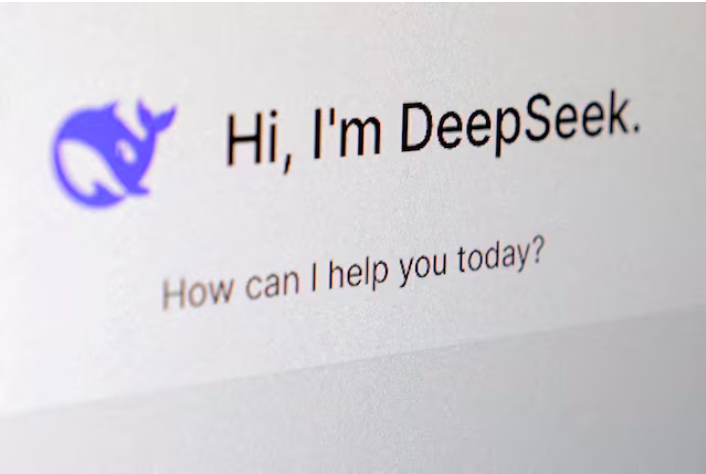
DeepSeek with open source code once shocked the world technology industry.
While R1 has made a splash in the industry thanks to its impressive performance and lower cost claims, some analysts say DeepSeek's biggest impact lies in driving the adoption of open-source AI models.
“DeepSeek’s success proves that open source strategies can lead to faster innovation and widespread adoption,” said Wei Sun, principal analyst of artificial intelligence at Counterpoint Research, noting that many companies have already implemented this model.
“We now see R1 actively reshaping China’s AI landscape, with major companies like Baidu moving to open source their own LLMs as a strategic response,” added expert Wei Sun.
On March 16, Baidu released the latest version of its Ernie 4.5 AI model, along with a new inference model Ernie X1, for free to individual users. Baidu also plans to open source the Ernie 4.5 model family from the end of June 2025.
Experts say Baidu's open-source plans reflect a larger shift in China away from a business strategy focused on proprietary licensing.
“Baidu has always been very supportive of proprietary business models and has been openly anti-open source, but disruptors like DeepSeek have proven that open source models can be just as competitive and reliable as proprietary models,” said Lian Jye Su, chief analyst at technology research and consulting group Omdia.
Open source vs. proprietary model
Open source typically refers to software whose source code is freely available on the web, allowing modification and redistribution.

China is actively adopting open source artificial intelligence (AI) models.
AI models that called themselves open source existed before DeepSeek, with Meta’s Llama and Google’s Gemma being prominent examples in the US. However, some experts argue that these models are not truly open source because their licenses restrict certain uses and modifications, and their training datasets are not public.
DeepSeek's R1 model is distributed under the "MIT License," which Counterpoint analyst Wei Sun describes as one of the most flexible and widely accepted open source licenses, allowing unrestricted use, modification, and distribution, including for commercial purposes.
The DeepSeek team even held an “Open Source Week” last month, releasing more technical details about the development of the R1 model.
While DeepSeek’s model is free, the startup charges for its Application Programming Interface (API), which allows other companies to integrate their AI models and features into their applications. However, its API fees are advertised as significantly cheaper than the latest offerings from OpenAI and Anthropic.
OpenAI and Anthropic also generate revenue by charging individuals and businesses to access some of their models. These models are considered “closed source,” as their datasets and algorithms are not publicly available.
China opens up
In addition to Baidu, other Chinese tech giants such as Alibaba Group and Tencent are also increasingly offering their AI products for free and open-sourcing more models.
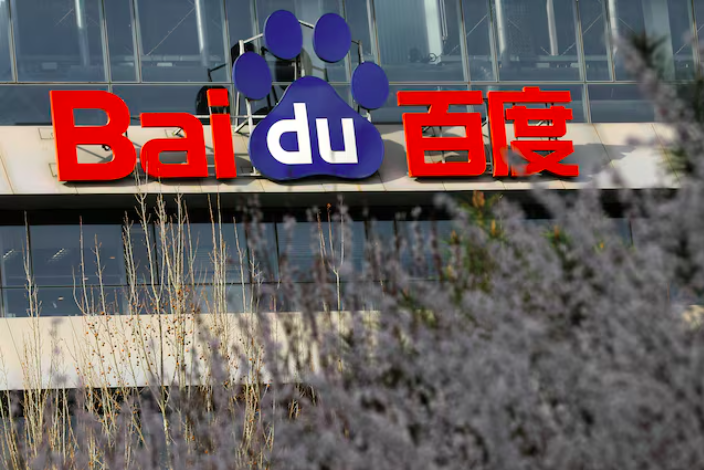
Last week, Baidu launched a new open-source AI model that outperforms DeepSeek in some ways.
For example, Alibaba Cloud last month announced it was open-sourcing its AI models for generating videos , while Tencent is said to have released five new open-source models this month, with the ability to convert text and images into 3D images.
Smaller companies are also pushing the trend. ManusAI, a Chinese AI company that recently launched an AI agent that claims to outperform OpenAI’s Deep Research, said it would go open source.
“This wouldn’t be possible without the amazing open source community, which is why we’re committed to giving back. ManusAI operates as a multi-agent system powered by many separate models, so later this year we’ll be open sourcing some of these models,” co-founder Ji Yichao said in a product introduction video.
Zhipu AI, one of China's leading AI startups, announced on WeChat this month that 2025 will be the "year of open source."
Companies were forced to make these moves after the emergence of DeepSeek, said Ray Wang, principal analyst and founder of Constellation Research.
“With DeepSeek being free, no other Chinese competitor can charge for the same thing. They have to switch to an open source business model to compete,” analyst Ray Wang explained.
AI scholar and entrepreneur Kai-Fu Lee also believes this dynamic will impact OpenAI, noting in a recent social media post that it will be difficult for the company to justify its price when its competitors are “free and formidable.”
“The biggest discovery from DeepSeek is that open source won,” said entrepreneur Kai-Fu Lee, who said his Chinese startup 01.AI has built an LLM platform for businesses to use if they want to use DeepSeek.
US-China war
OpenAI — the company that started the AI craze when it launched its ChatGPT chatbot in November 2022 — shows no signs of moving away from its proprietary business model. The company, which started as a nonprofit in 2015, is now transitioning to a for-profit structure.
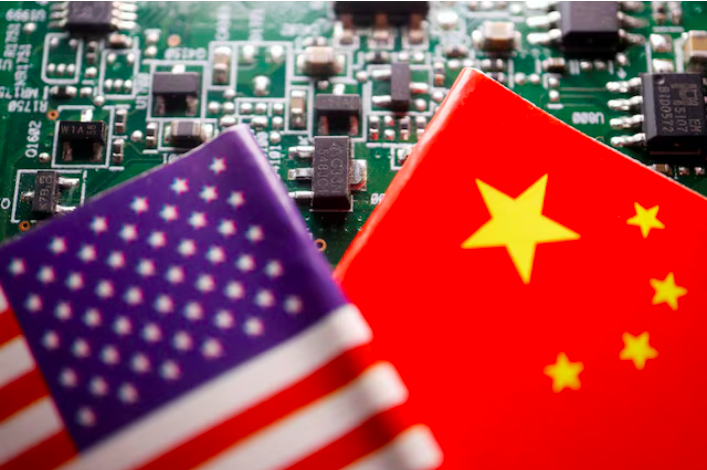
The gap in AI between China and the US is probably only 3 to 6 months.
OpenAI and DeepSeek represent two very different ends of the AI space, said analyst Wei Sun. She said the industry could continue to see a divide between open-source companies that innovate on each other and closed-source companies that are pressured to maintain high-cost cutting-edge models.
The open source trend has raised questions about the huge sums of money companies like OpenAI have raised. Microsoft has invested $13 billion in the company. OpenAI is in talks to raise up to $40 billion in a round that could value it at $340 billion.
OpenAI is expected to lose about $5 billion by September 2024, on revenue of $3.7 billion. OpenAI CFO Sarah Friar also said that $11 billion in revenue is “within reach” for the company this year.
Speaking on “Street Signs Asia” last week, Tim Wang, managing partner of technology-focused hedge fund Monolith Management, said models from companies like DeepSeek have become “great enablers and accelerators in China,” showing how to work with more limited resources.
Open-source models have reduced costs and opened the door to product innovation, Wang said, something Chinese companies have long excelled at. He calls this development the “Android moment,” referring to when Google opened up its Android operating system, spurring innovation and growth in the app ecosystem beyond Apple.
“We used to think China was 12 to 24 months behind the US in AI, but now we think that gap is probably only 3 to 6 months,” said Mr. Wang.
Other experts, however, have downplayed the idea that open-source AI should be viewed through the lens of competition between China and the US. In fact, several US companies have already integrated and benefited from DeepSeek’s R1.
“I think the so-called DeepSeek moment is not about whether China has better AI than the US or vice versa. It’s really about the power of open source,” Alibaba Group Chairman Joe Tsai said at the CONVERGE conference in Singapore earlier this month.
Source: https://www.baogiaothong.vn/thuc-day-ma-nguon-mo-trung-quoc-dao-nguoc-quan-niem-truyen-thong-ve-tri-tue-nhan-tao-192250325175344199.htm






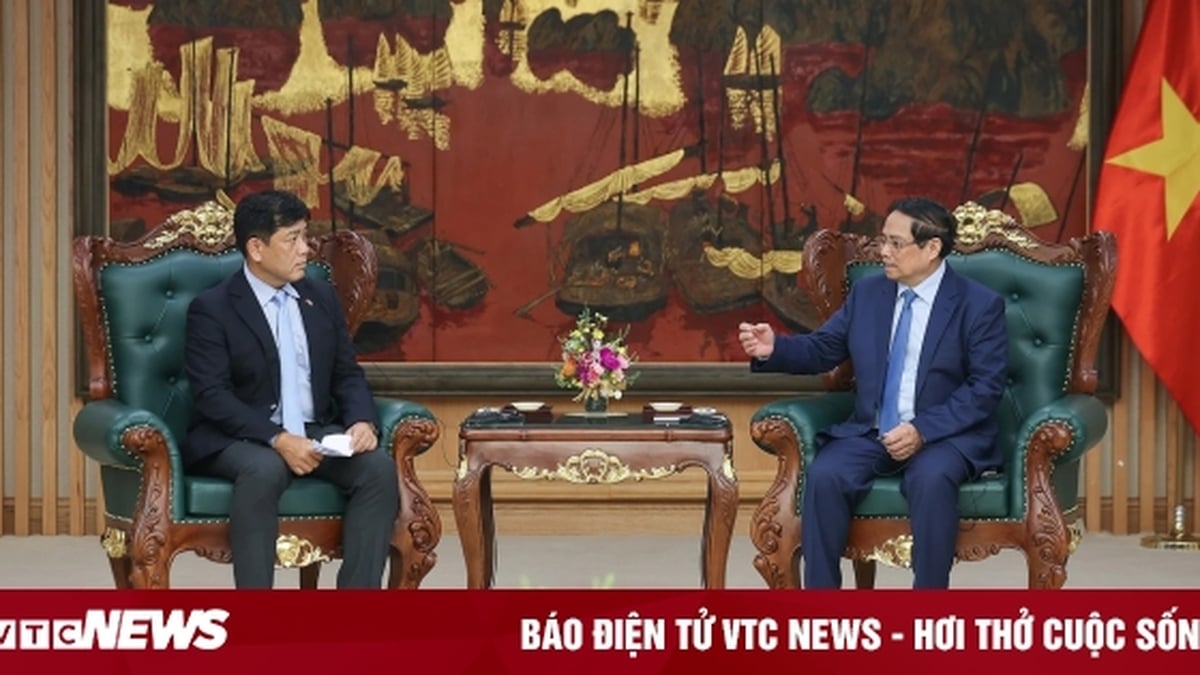










































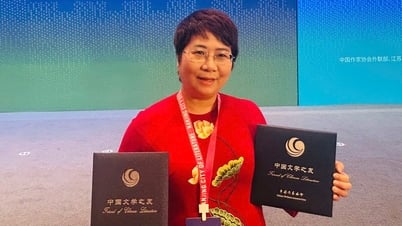

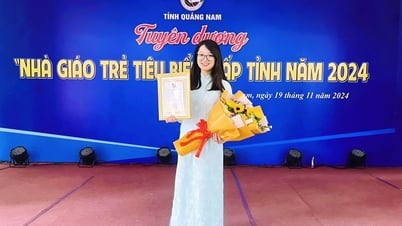










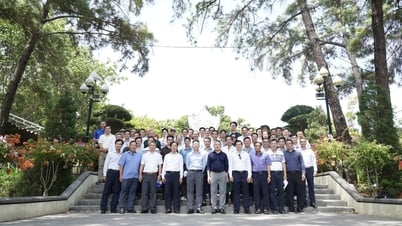


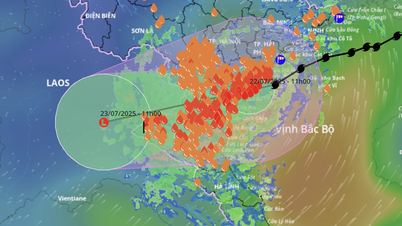










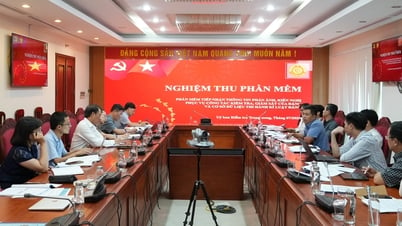

























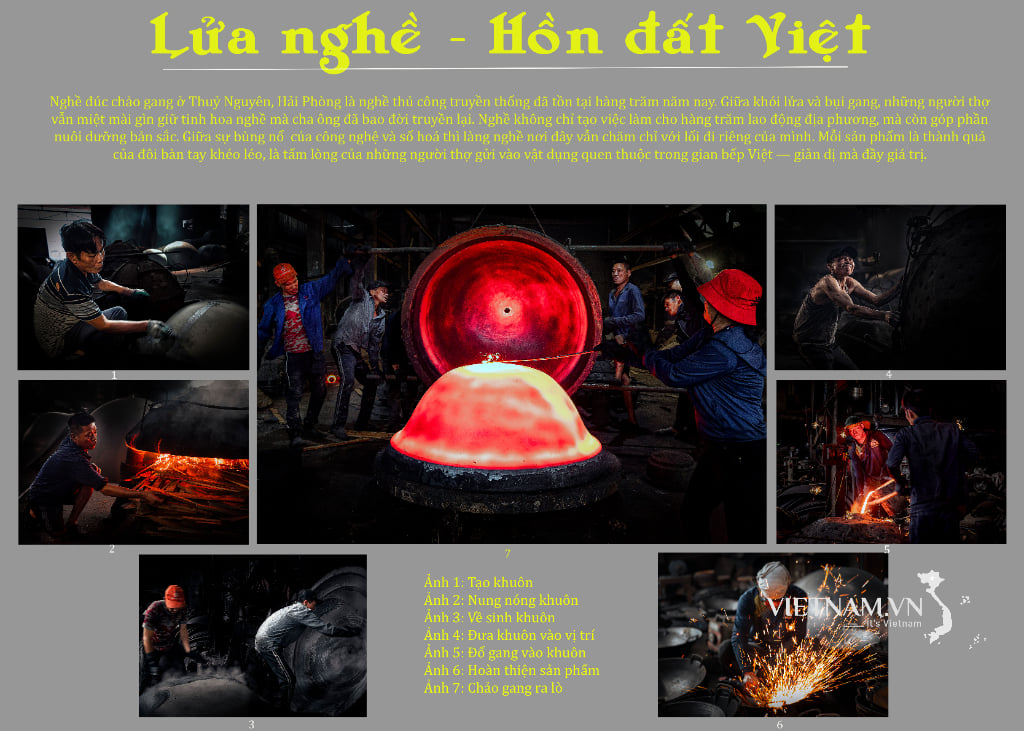
Comment (0)